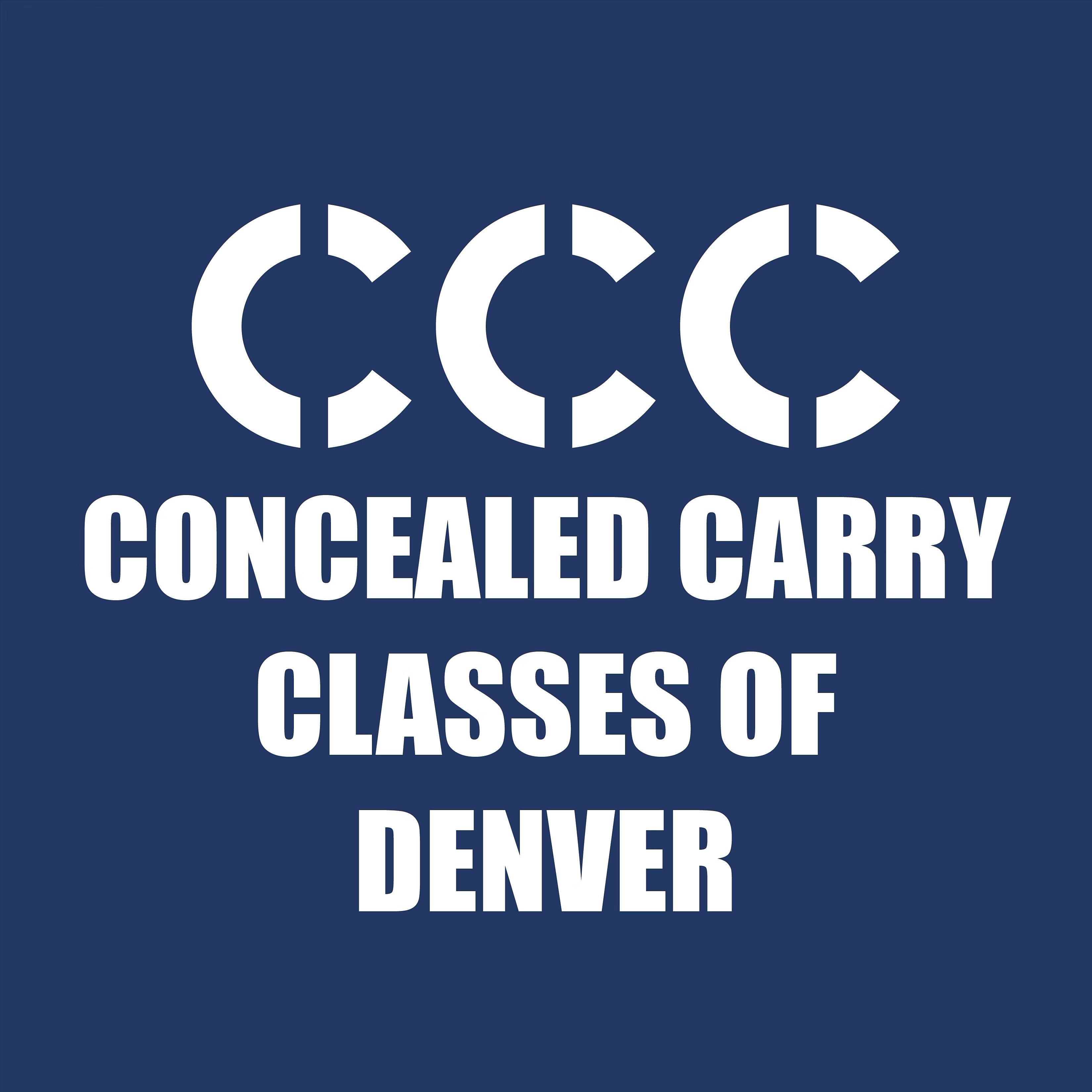Navigating the Legal Landscape: Firearms Prohibition in Federal Facilities
In the United States, the right to bear arms is a fiercely protected and often debated constitutional right. However, this right comes with its limitations, especially when it comes to federal buildings, federal lands, and other federal properties. The legal framework governing the prohibition of concealed carry and firearms in these areas is outlined in 18 U.S. Code § 930. This statute stipulates that, with certain exceptions, the possession of firearms or dangerous weapons in federal facilities is a punishable offense, potentially leading to fines or imprisonment.
Understanding 18 U.S. Code § 930
The law categorizes the prohibition under several subsections, focusing on the possession of firearms or other dangerous weapons in federal facilities, including but not limited to:
- Post Offices
- Veterans Affairs offices and VA hospitals
- Social Security offices
- Federal Court Buildings
- Military Bases
- Federal Prisons
- EPA Offices
- FDA Offices
- US Attorney General Offices
- US Department Of Transportation
- Federal Law Enforcement Buildings
- US Geological Buildings
- US Department Of The Interior
- US State Department
- US Department Of Energy
- US Department Of Health & Human Services
- US Department Of Defense
- US Department Of Justice
- US Department Of Commerce
- GSA Offices
- IRS Offices
- Homeland Security Offices
- Other federal buildings & Federal Land, such as the Federal Center in Lakewood, Colorado
- Restroom buildings on national forest land
- Buildings within federal parks, like Rocky Mountain National Park Or Yellowstone National Park
- Federal Wildlife Refuges
- Any Other Federal Building Or Federal Agency Not Mentioned
In addition to the restrictions on carrying firearms in federal buildings, it’s important to note that carrying firearms on certain federal lands may also be prohibited or subject to strict regulations.
The code makes a distinction between general possession, which can lead to a year of imprisonment, and possession with the intent to commit a crime, punishable by up to five years in prison. Additionally, subsection (d) outlines exceptions for authorized individuals, such as federal officials or members of the Armed Forces, and situations involving lawful purposes.
Hypothetical Scenarios Illustrating Legal Violations
- The Unwitting Tourist: John, a tourist visiting the Rocky Mountain National Park, carries a concealed firearm for personal protection during his hike. Unaware of the federal restrictions, he enters a park building to seek shelter from a storm. John’s possession of a firearm in this federal facility could lead to legal consequences under 18 U.S. Code § 930(a).
- The Mistaken Activist: Sarah, an activist for gun rights, decides to make a statement by openly carrying her handgun into a federal court building to challenge the prohibition on firearms. Her act is a direct violation of subsection (e), potentially resulting in up to two years of imprisonment.
- The Intended Criminal: Alex, planning to intimidate a federal employee, knowingly brings a concealed weapon into a Social Security office. This act not only violates subsection (a) but, due to the criminal intent, falls under subsection (b), escalating the severity of the potential punishment.
Understanding the boundaries of lawful firearm possession in federal facilities is crucial for ensuring the safety and security of the public and federal employees. While the Second Amendment guarantees the right to bear arms, it is the responsibility of all citizens to abide by the legal restrictions placed on this right, especially in sensitive environments such as federal properties.
Legal Disclaimer
The scenarios and discussions presented in this article are for informational purposes only and do not constitute legal advice. Firearms laws are subject to change and can vary significantly across different jurisdictions. Individuals must consult the actual legal texts or seek professional legal counsel to understand the specific implications of these laws on their actions and rights. This article does not endorse or encourage the violation of any laws, including 18 U.S. Code § 930.


